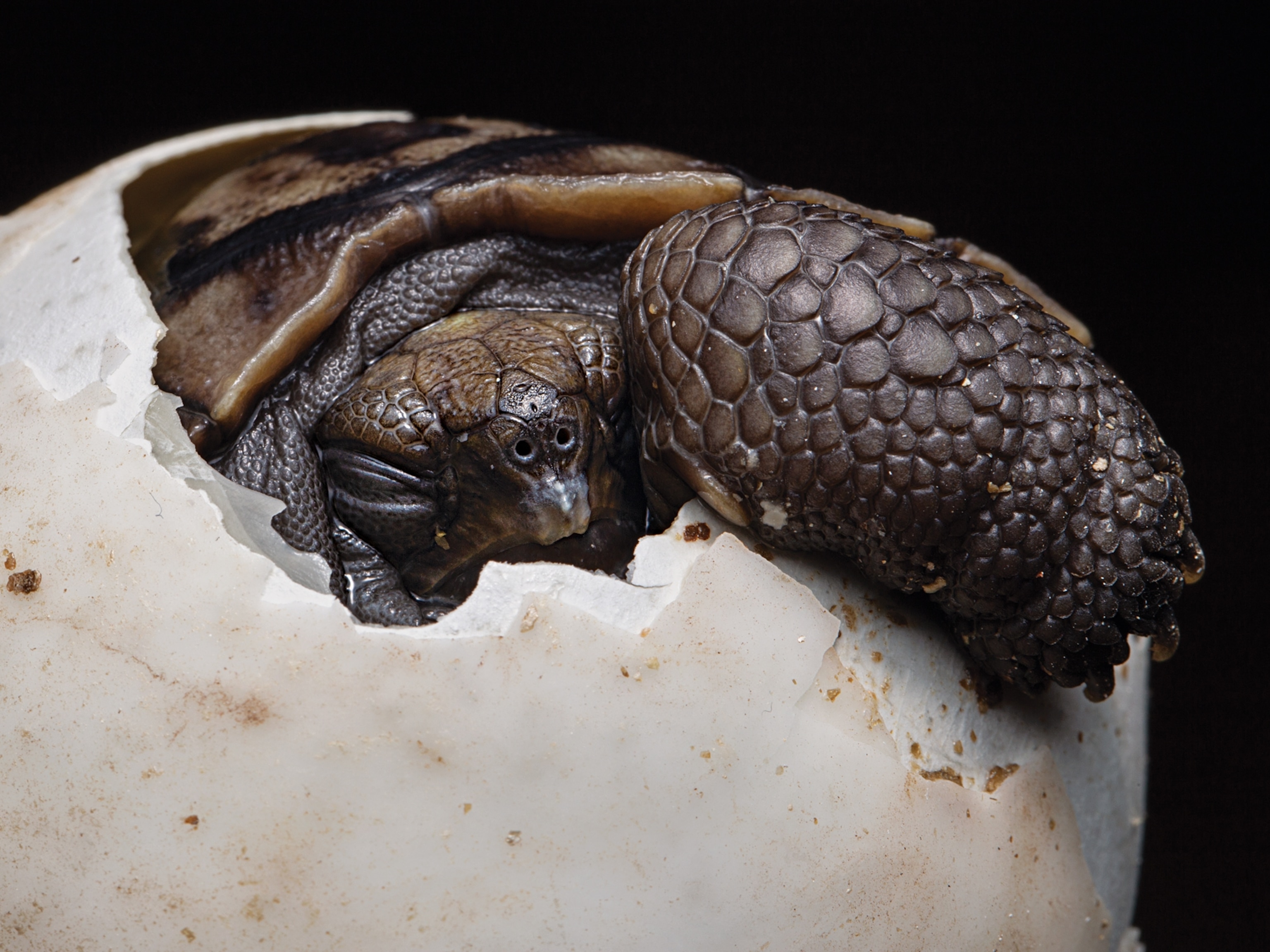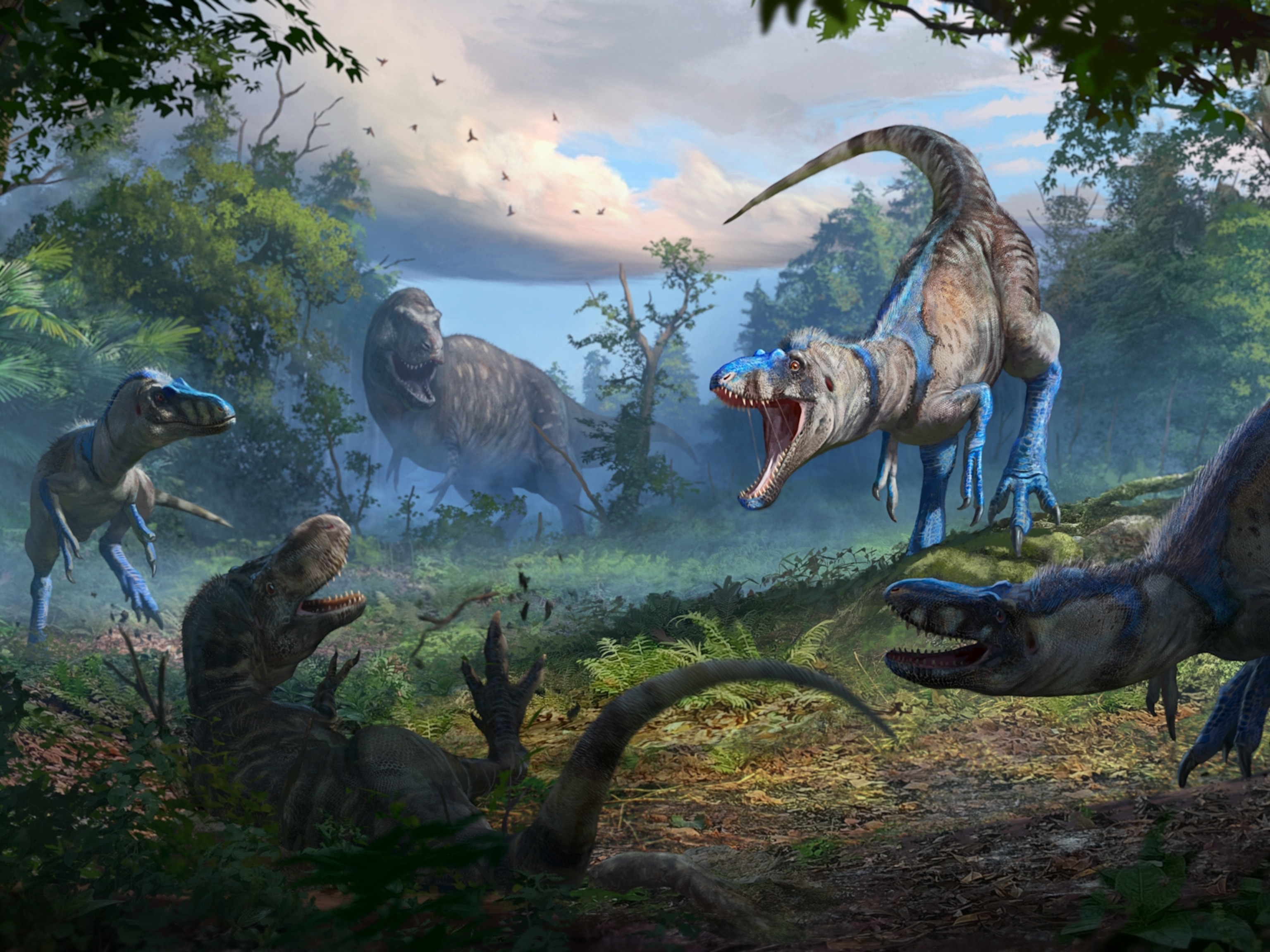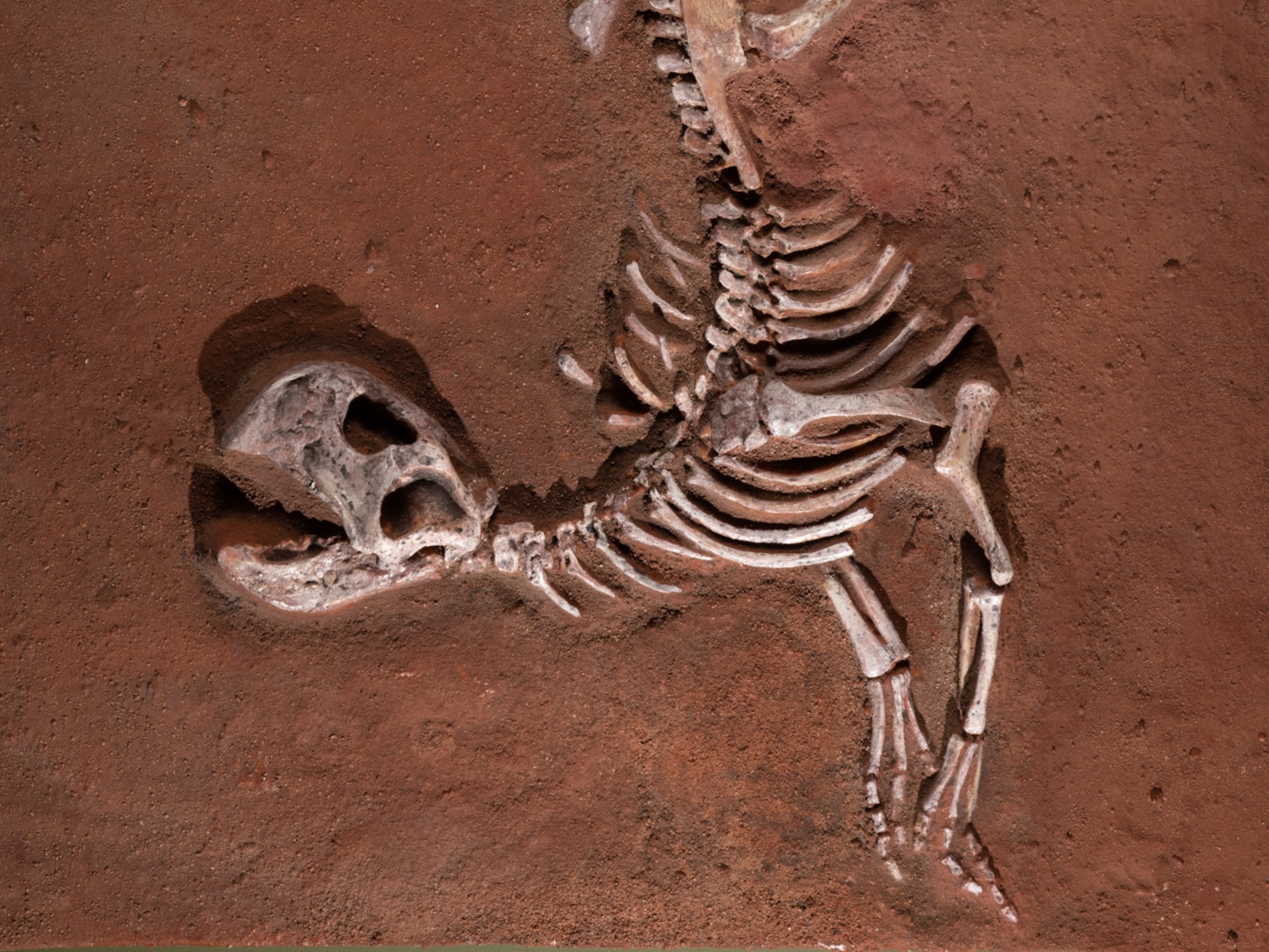
Lonesome George, Last of His Kind, Dies in Galápagos
Death of centenarian reptile means Pinta Island tortoise now extinct.
If there's a giant tortoise heaven, Lonesome George is lonesome no more.
The century-old giant tortoise was found dead in his corral Sunday at the Charles Darwin Research Station on Santa Cruz Island (map), part of Galápagos National Park.
Perhaps best known for his apparent aversion to female tortoises—hence his nickname—George was the last known individual of his subspecies, Geochelone abingdoni, also called the Pinta Island tortoise or Abingdon Island tortoise.
George's longtime caretaker, Fausto Llerana, was "unhappily surprised" to discover the tortoise "stretched out in the direction of his watering hole with no signs of life," according to a park statement.
Among the longest lived animals, giant tortoises can survive well past a hundred, with the oldest recorded at 152.
George's body is being kept in a cold chamber to prevent decomposition until a necropsy is done to determine his exact cause of death.
Giant Tortoise Decline
The Galápagos Islands were originally inhabited by thousands of giant tortoises in 15 subspecies.
But in the 1800s and 1900s, sailors and pirates used the Pacific Ocean archipelago as a pit stop, hunting huge numbers of giant tortoises for food and oil.
Though hunting has ceased, introduced species such as pigs and goats continue to overgraze the islands, munching through the remaining tortoises' habitats.
With George's passing, the islands today house just ten tortoise subspecies, most of which are very rare.
In fact, George's subspecies was thought extinct until he was found on Pinta Island in 1971.
The lone male was taken into captivity with high hopes that he would take a liking to a female tortoise of close genetic makeup and continue his lineage, at least in hybrid form. (See "Mating Turtles Fossilized in the Act.")
No such luck. After sharing his home for more than three decades with four different females, George failed to fertilize any of their eggs.
Erica Buck, then of the Charles Darwin Foundation, told National Geographic News in 2001 that George "doesn't really show any interest" in the females. "He mostly hangs out by himself."
George Inspires Conservation
Some might think the extinction of a subspecies isn't a major loss, since the other tortoises are still around, noted San Diego Zoo ambassador Rick Schwartz. But the giant tortoises' history shows that such losses can add up quickly to disaster.
George's "passing is an opportunity for us to [show] humans our actions can have an impact on the future without seeing it in the moment," said Schwartz, whose zoo is home to a Galápagos tortoise.
If "you get an opportunity to see these animals in person, [they're] gentle giants—you can't help but just fall in love with them," he added.
And although the lone tortoise wasn't able to deliver reproductively, Lonesome George's story is "an opportunity to educate about other species and conservation efforts as a whole," Schwartz said.
For instance, captive breeding programs like George's have given hope for populations of the endangered California condor.
But similar efforts weren't enough to save the West African black rhinoceros, a subspecies that was formally declared extinct in 2011.
In July Galápagos National Park will hold an international workshop to brainstorm how to restore giant tortoise populations over the next decade, park director Edwin Naula said in a statement. (See "Extinct Galápagos Tortoise Could Be Resurrected.")





